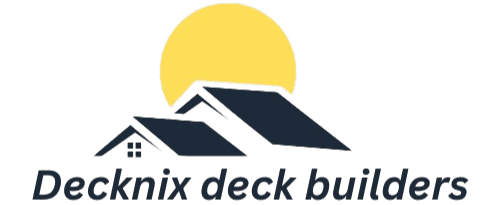Construction and Maintenance: That Cuts Costs, Not Corners
What Is Construction and Maintenance?
Construction involves planning, designing, and building new structures like homes, offices, roads, or bridges. Maintenance is the ongoing work of inspecting, repairing, and preserving these structures to keep them safe and functional.
Why Construction and Maintenance Matter
- Protects Property Value: Well-maintained homes can retain up to 30% more market value.
- Ensures Business Continuity: Regular upkeep prevents costly downtime in commercial spaces.
- Supports Infrastructure Longevity: U.S. infrastructure needs ongoing maintenance to avoid deterioration (ASCE grade C- in 2021).
The Relationship Between Construction and Maintenance
Construction: Building From Scratch
Creating new assets or expanding existing ones.
Maintenance: Preserving and Repairing
Routine inspections and fixes to extend lifespan and safety.
Key Construction and Maintenance Services Explained
Building New Structures
Includes residential homes, commercial buildings, and public infrastructure projects like roads and bridges.
Routine and Preventive Maintenance
Regular inspections and upkeep to prevent costly repairs and extend the life of buildings and equipment. This includes cleaning, minor repairs, and system checks.
Specialized Services
Focused work such as road repairs, facility maintenance, HVAC servicing, and more to address unique needs and ensure safety and compliance.
Common Tools and Materials Used
Essential Tools
Construction and maintenance rely on tools like power drills, saws, hammers, welding equipment, and safety gear to ensure efficiency and worker safety.
Typical Materials
Core materials include wood, concrete, steel, bricks, and sealants, selected based on project type and durability requirements.
Safety Equipment and Compliance
Hard hats, gloves, safety glasses, and high-visibility clothing are standard. Compliance with OSHA regulations ensures safer job sites and reduces risks.
Construction and Maintenance Jobs: Roles, Skills, and Salaries
Popular Job Titles and Descriptions
Common roles include construction laborers, maintenance technicians, site supervisors, and project managers, each with distinct responsibilities from hands-on work to overseeing projects.
Required Skills and Certifications
Key skills range from carpentry and plumbing to equipment operation and safety training. Certifications like OSHA, NCCER, and state-specific licenses boost employability.
Salary Insights
Salaries vary by role and region—maintenance technicians in Florida earn around $38,000 to $50,000 annually, while experienced supervisors and managers can make $60,000+. Local market demand influences pay rates.
How Construction and Maintenance Departments Work
Organizational Structure
Departments are typically divided into teams handling planning, execution, and quality control, often led by project managers or department heads.
Roles and Responsibilities
Teams manage tasks from scheduling projects and allocating resources to conducting inspections and ensuring safety compliance.
Coordination and Workflow
Effective communication between construction crews, maintenance staff, and management is essential to keep projects on track and minimize downtime.
Planning and Managing Construction and Maintenance Projects
Project Lifecycle
Projects begin with detailed planning and design, followed by construction or maintenance work, and end with inspections and final approvals.
Budgeting and Cost Control
Setting realistic budgets and tracking expenses helps avoid overruns. Prioritizing preventive maintenance reduces unexpected repair costs.
Time Management
Scheduling work to minimize disruptions—such as off-hours or phased projects—keeps timelines on track and protects daily operations.
Safety and Compliance in Construction and Maintenance
Common Safety Hazards
Construction and maintenance sites face risks like falls, equipment accidents, electrical hazards, and exposure to harmful materials.
Prevention and Training
Regular safety training, use of personal protective equipment (PPE), and strict adherence to OSHA guidelines reduce accidents and injuries.
Regulatory Requirements and Signage
Clear safety signage is mandatory on sites to warn workers and visitors, helping ensure compliance with local and federal regulations.
Specialized Topics: Infrastructure and Facility Maintenance
Provincial and Local Road Maintenance
Regular inspections, pothole repairs, resurfacing, and drainage management keep roads safe and extend their lifespan, especially important for local and provincial governments.
Healthcare Facility Construction and Maintenance
Hospitals and clinics require specialized construction standards and ongoing maintenance to meet health regulations, ensure hygiene, and support medical equipment.
Environmental and Sustainable Practices
Incorporating eco-friendly materials and energy-efficient systems in construction and maintenance reduces environmental impact and lowers operating costs.
Resources for Construction and Maintenance Professionals
Downloadable Templates and Tools
Access sample job descriptions, company profile PDFs, maintenance checklists, and project planning templates to streamline daily operations.
Industry Associations and Certifications
Join organizations like Associated Builders and Contractors (ABC) or National Association of Home Builders (NAHB) for networking, training, and certifications such as OSHA, LEED, or NCCER.
Continuing Education and Training
Upskill through online courses, trade schools, and local programs offering hands-on training in areas like electrical systems, plumbing, and sustainable construction.
